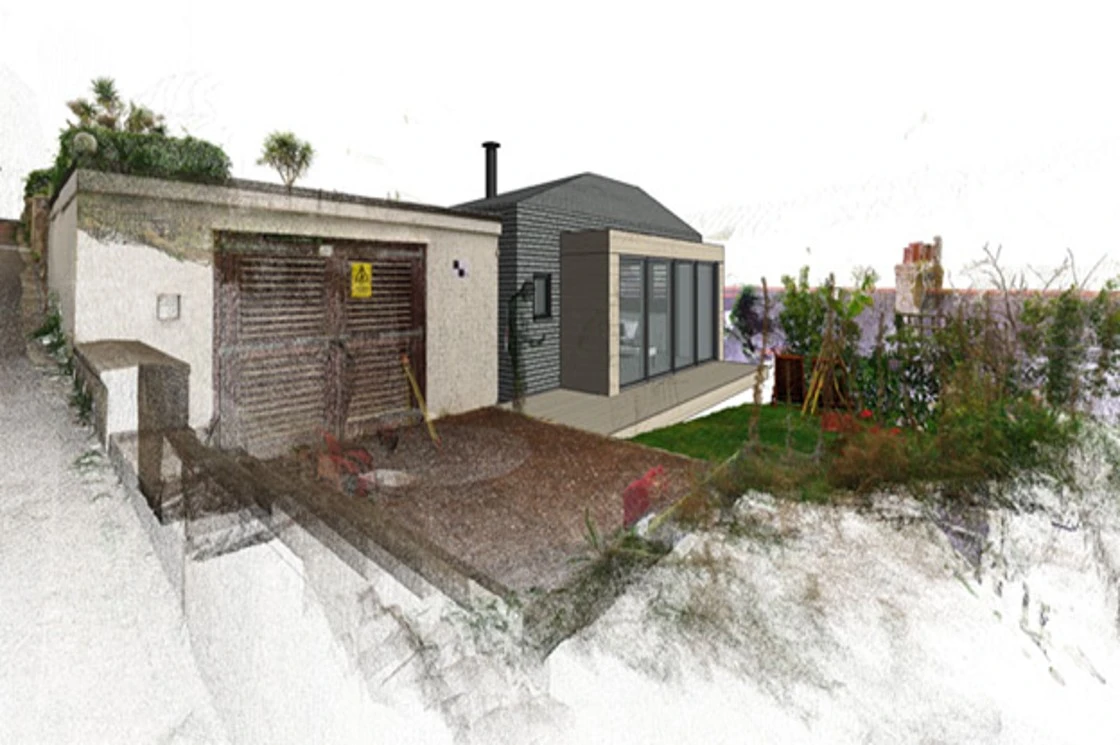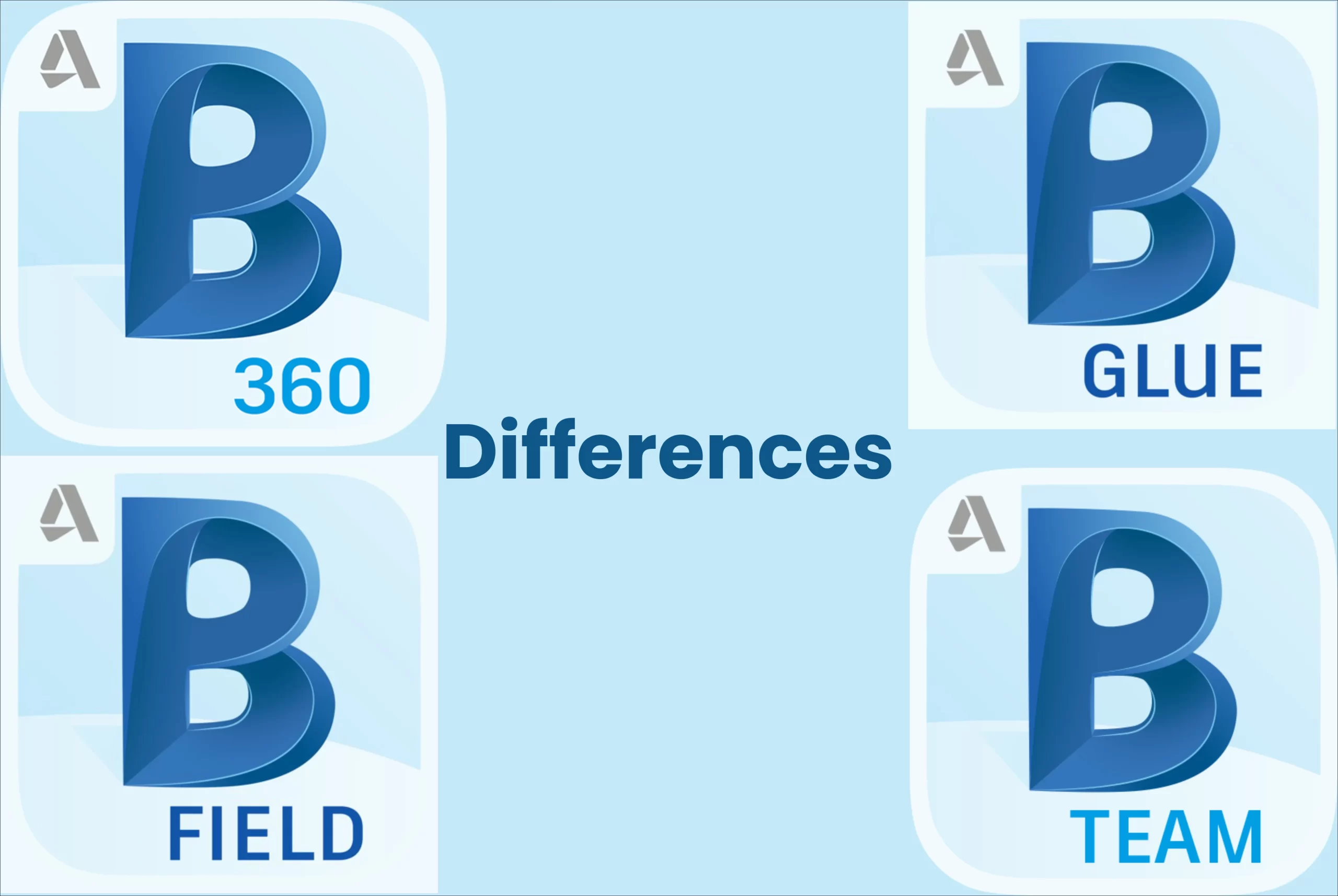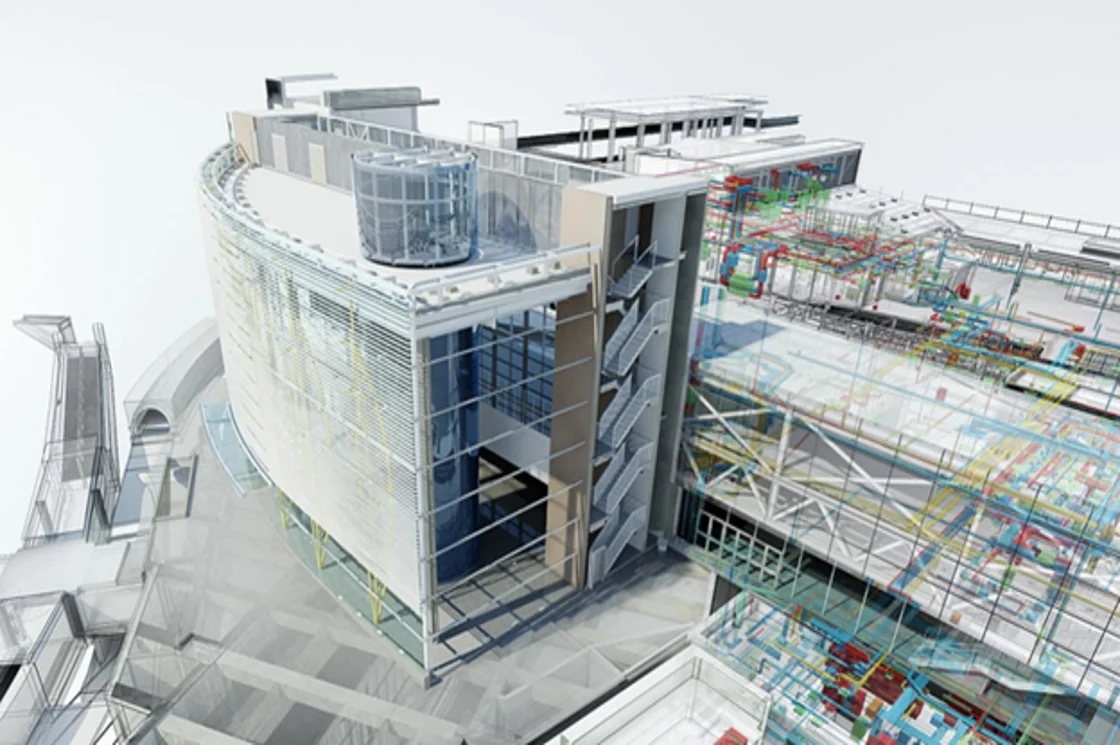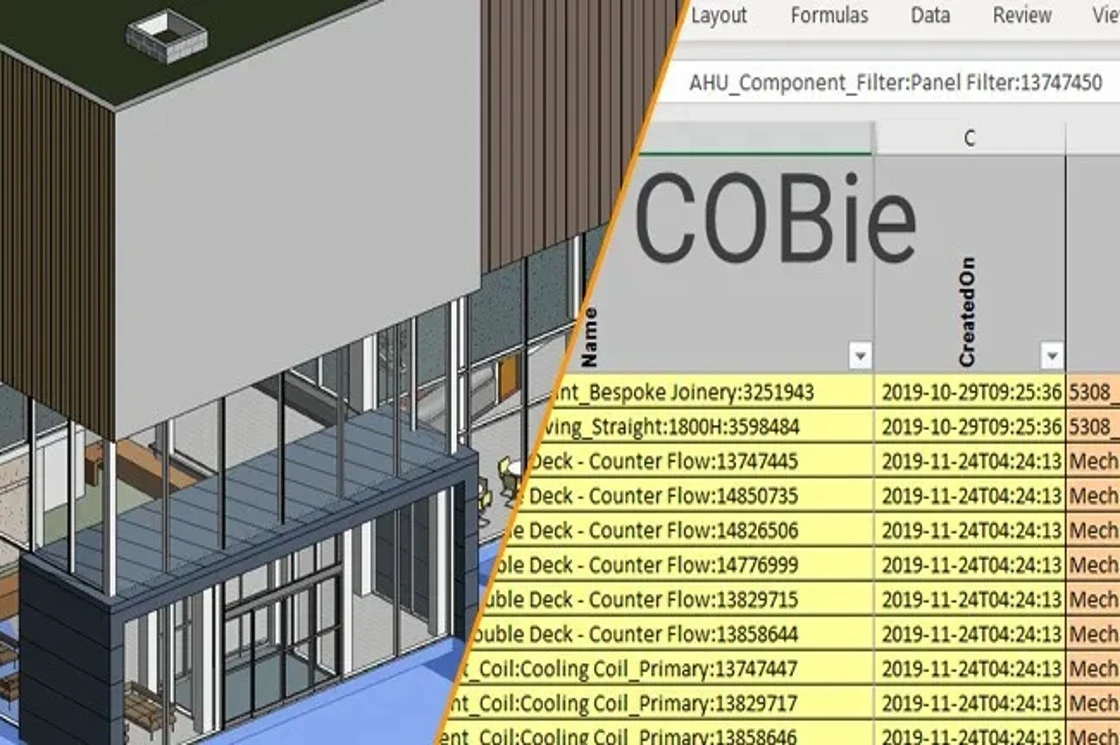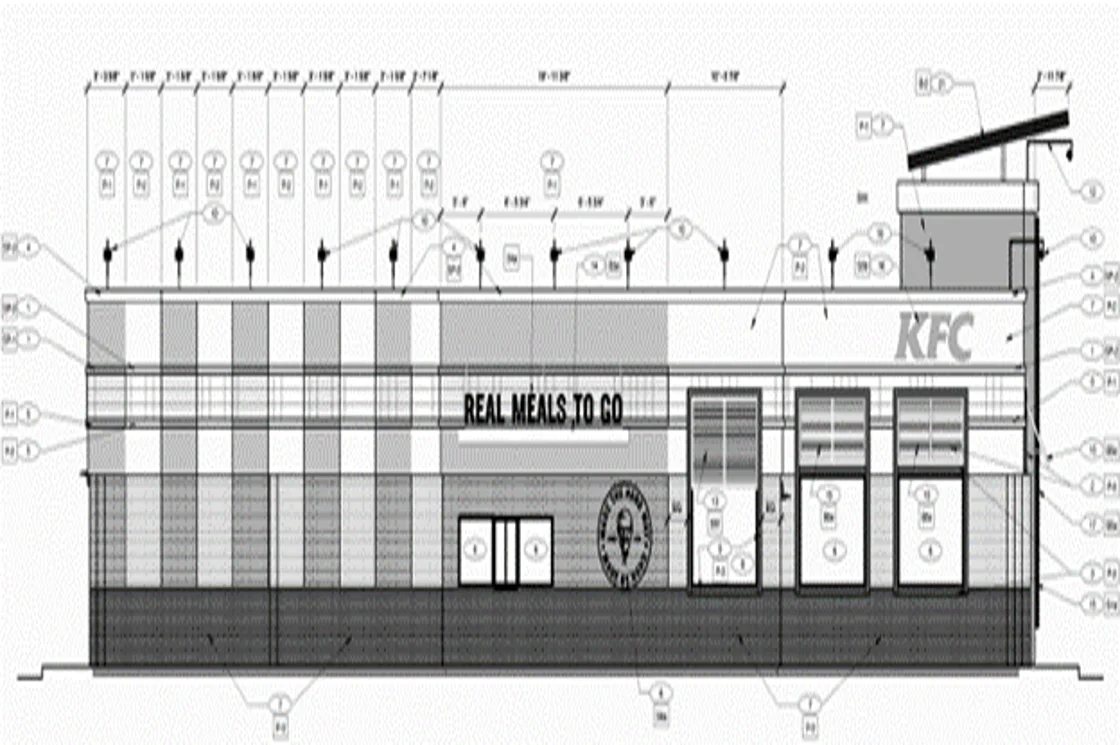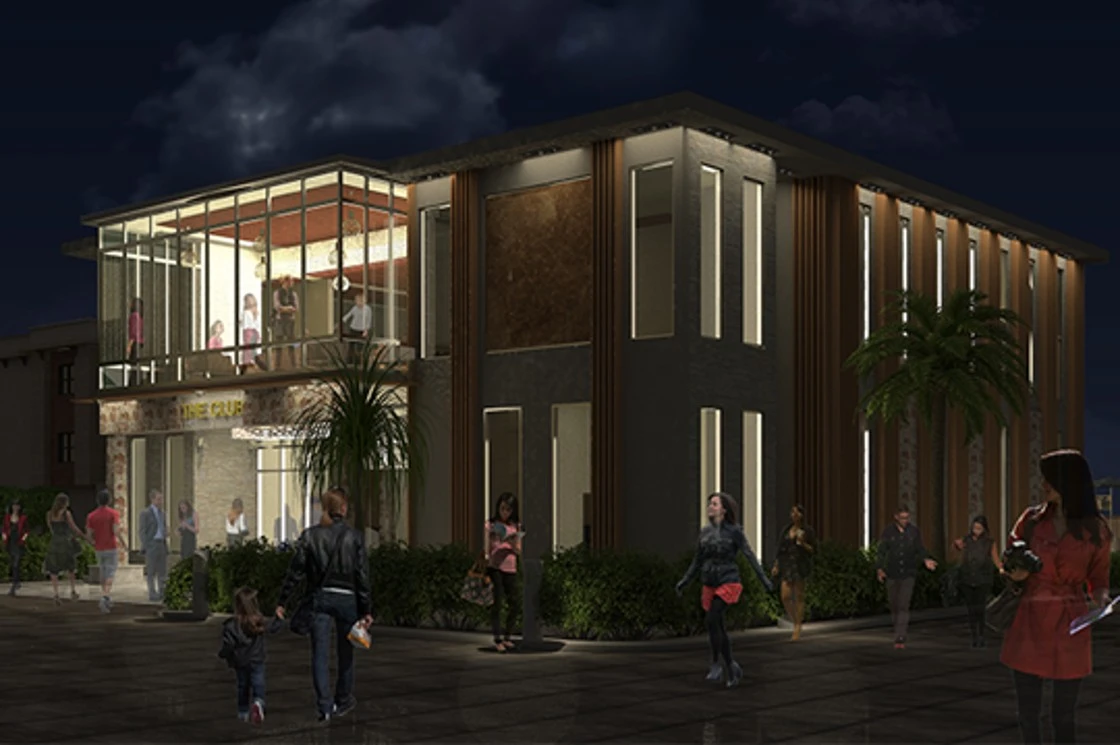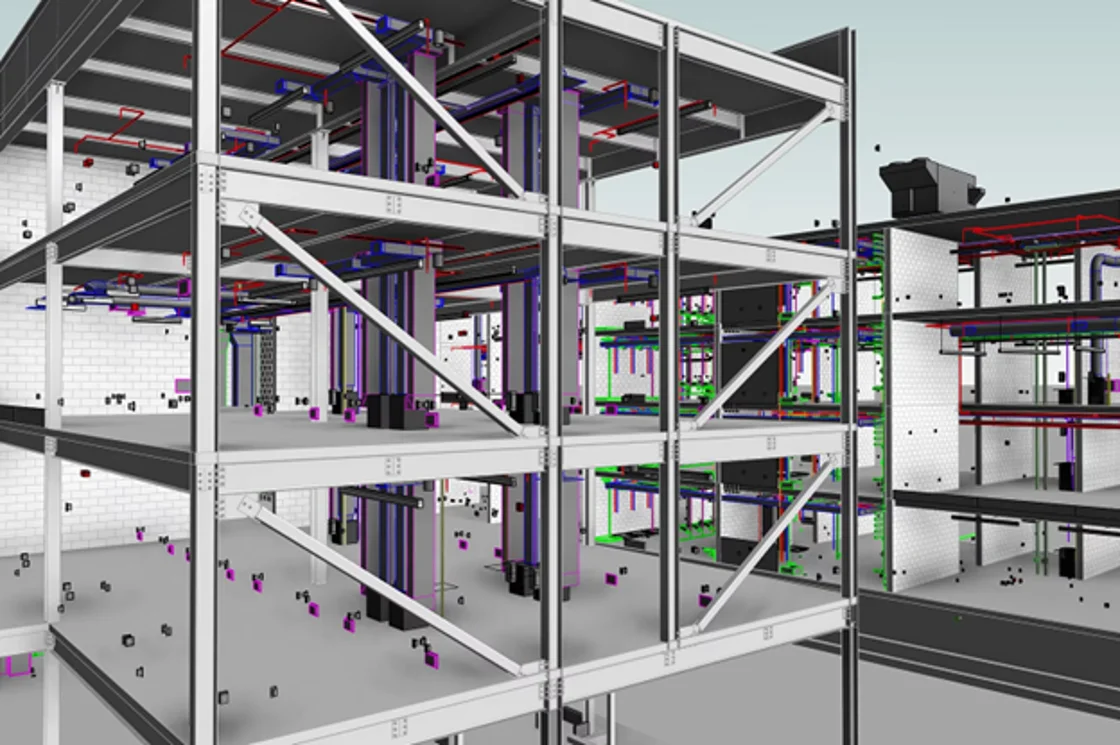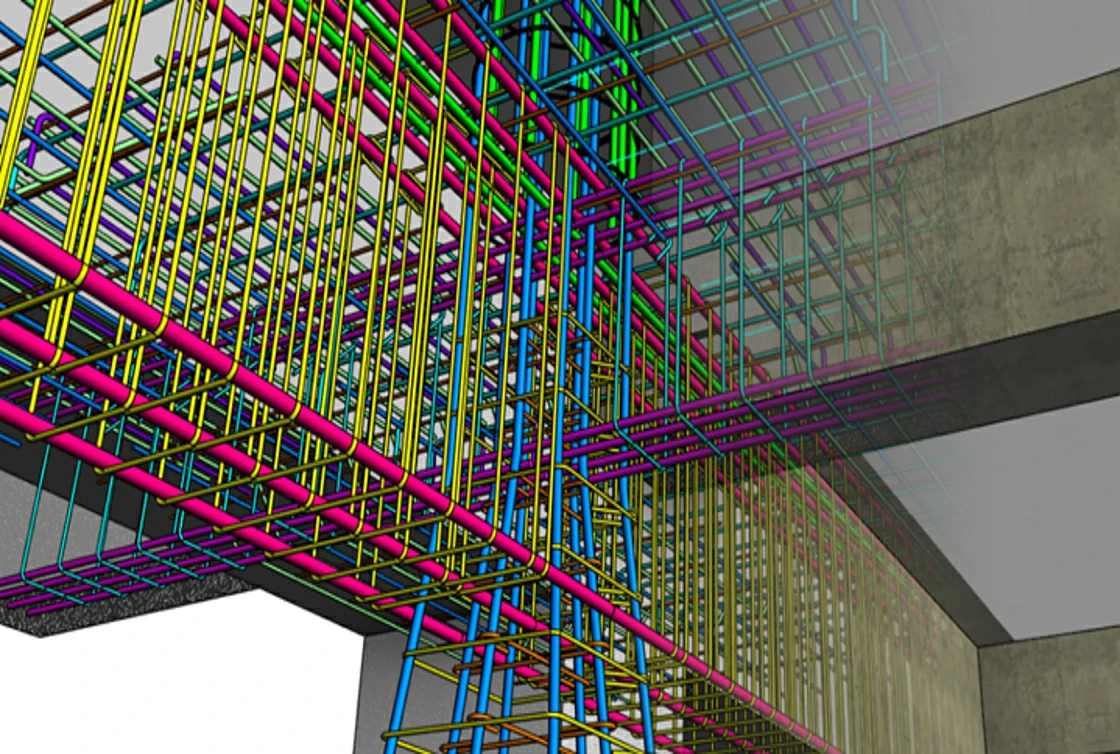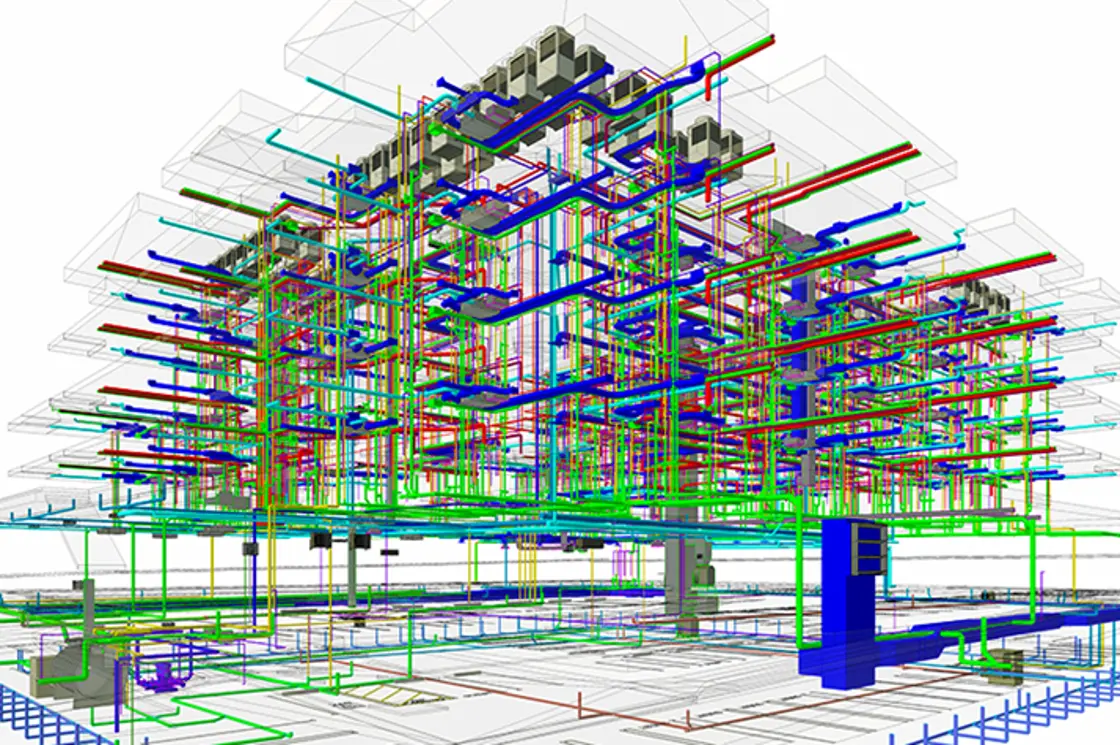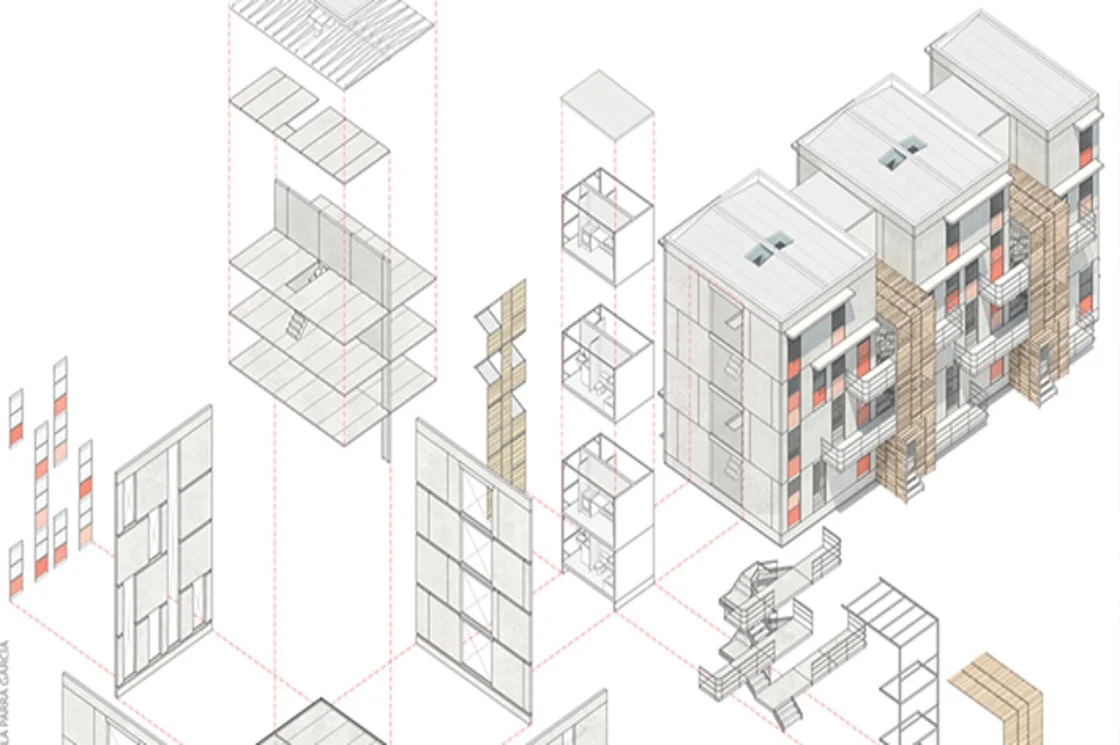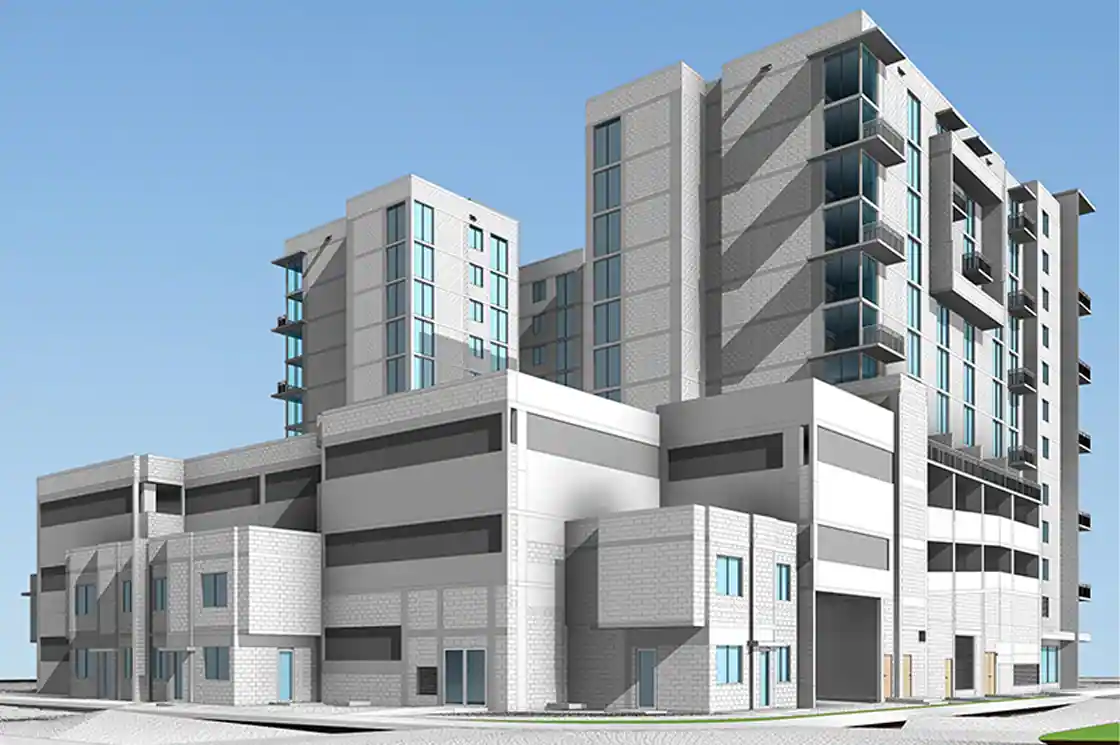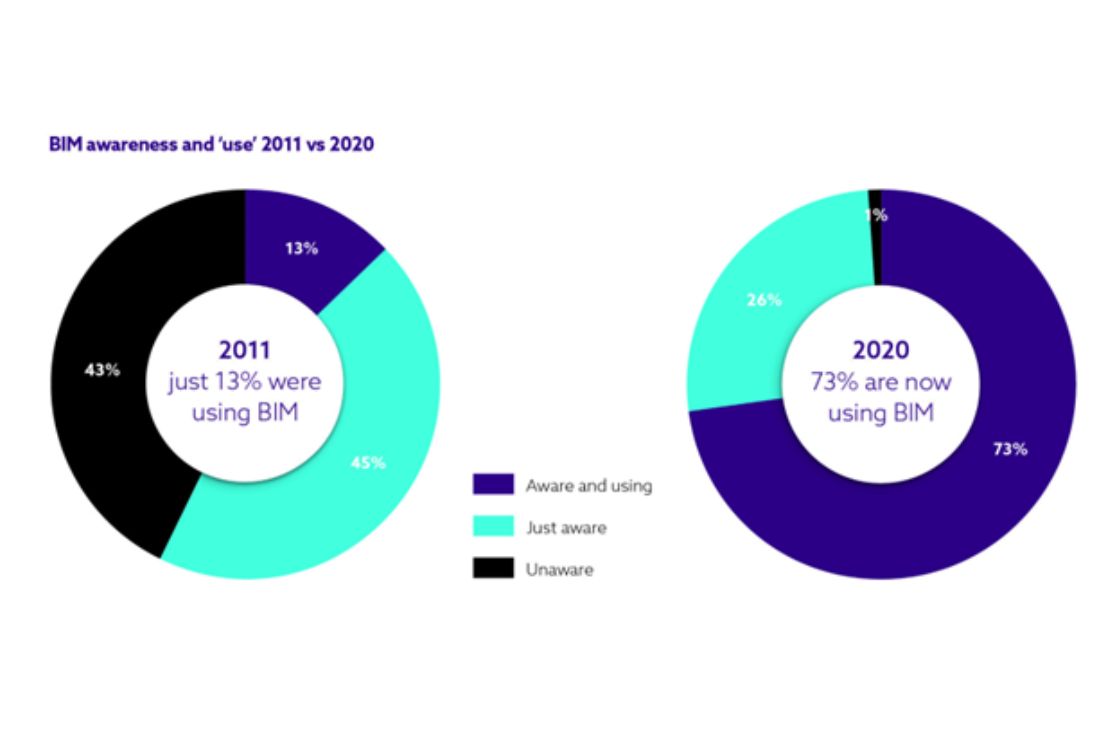BIM Levels and LOD: The Differences You Should Know as a BIM Professional
The global construction market is set to grow up to 14.4 trillion by the year 2030 whereas, in 2020, the amount was 6.4 trillion. For such fast-paced development and in order to retain the accuracy and reliability of data, BIM with Revit Structure Modeling has come handy for various designers and engineers. While working on a BIM model, we all have come across the terms BIM LOD or levels. What are BIM Levels and LODs and what do they signify in a BIM project? Let’s find out.
What are BIM Levels?
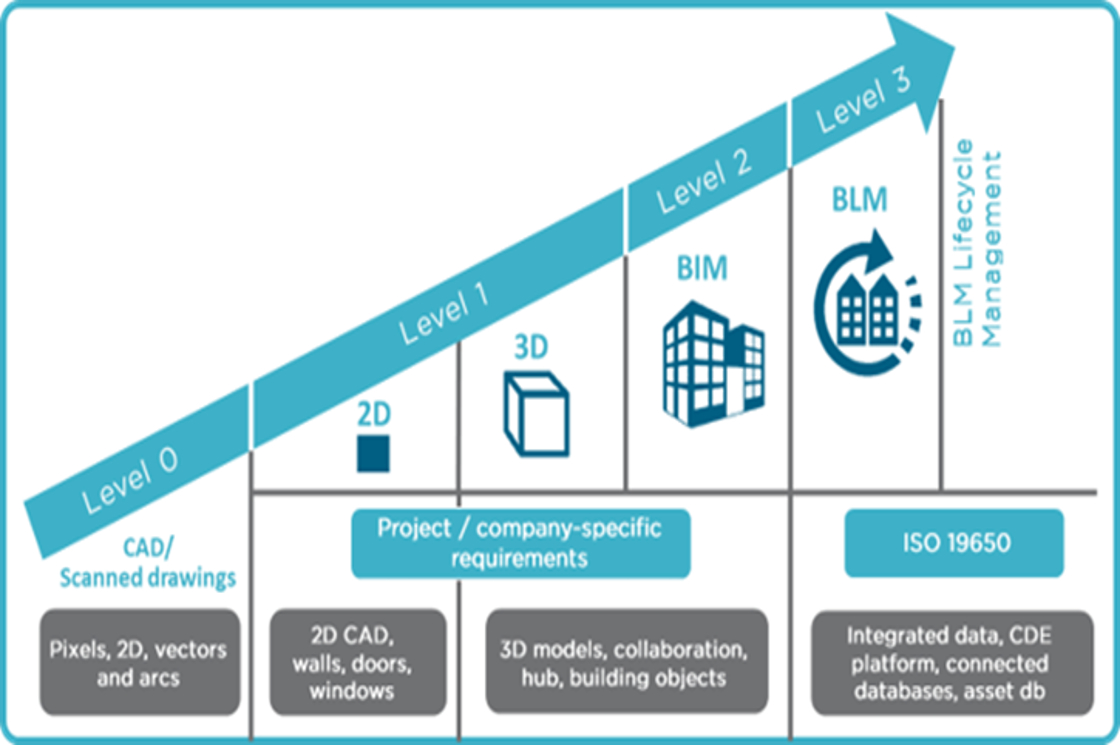
There are more than three-quarters of AEC experts that have adopted BIM levels actively in their workflows. BIM maturity levels have been accepted as a basic criterion to step into the zone of BIM compliance.
The BIM Levels refers to the collaboration specifications that enable the AEC industry professionals to work with better clarity. Let’s learn about each of these levels in detail.
BIM Level 0: No Collaboration
Level 0 in BIM refers to just the set of computer-aided designing where 2D drawings are generated. With no collaboration, the files can be shared through papers and prints.
BIM Level 1: No Collaboration but a Clear Distribution of Roles and Scope
Level 1 comes into the picture as a 3D model. Although there is either no or low collaboration, in this case, sharing information is carried out through CDE (common data environment).
BIM Level 2: Distinguished Collaboration
Level 2 is about collaborating within different disciplines through IFC which enables access to everyone for working on the BIM model.
BIM Level 3: Full Collaboration and Open Source Data
Level 3 means complete collaboration on a shared project. It also involves 4D, 5D, and 6D in this step for each stakeholder to access and edit the data.
LOD: Level of Detail or Level of Development?
LOD is referred to the state of Revit modeling at that specific point of time in the entire process. It’s not just the graphical data but also information related to the objects. Let’s understand the differences between these two interchangeably used terms associated with LOD.
Level of Detail
BIM levels of detail refer to the outputs seen in a model which are a result of the inputs served.
Level of Development
In terms of development, BIM levels are the intensity of thought that has been fed into the model. It also means the reliability of a BIM model which is based on the details added.
LOD 100 to LOD 500: Explained
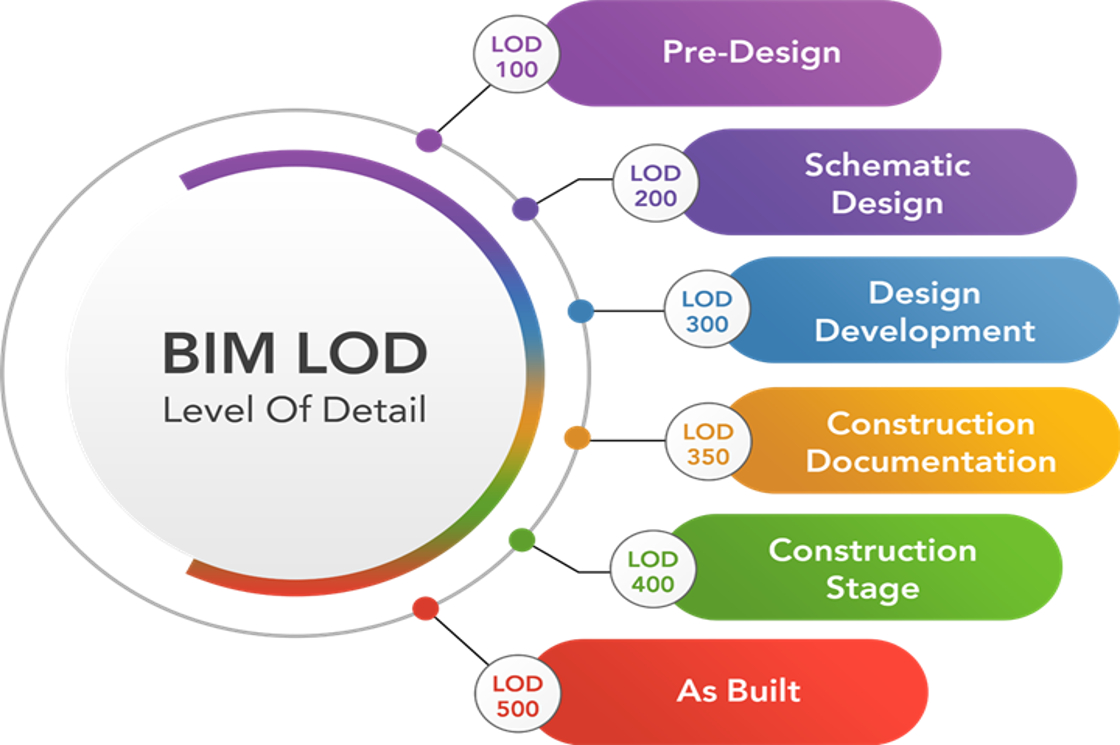
Revit modeling enables working with a level of development. Let’s understand the different BIM LOD offers.
LOD 100 (Conceptual Design)
This refers to the development of a conceptual model that demands basic parameters like height, area, volume, orientation, and location.
LOD 200 (Schematic Design with Geometrical Information)
It means modeling geometric elements along with adding non-geometric details for architectural or structural models.
LOD 300 (Detailed Design with Accurate Geometry)
It means accurate modeling and drawings in which the elements along with MEP details are added as per precise quantity, shape, size, and other modeling elements.
LOD 350 (Information for Construction)
With LOD 350 comes more enhanced details and elements. The information is a representation of building elements along with the incorporation of building systems.
LOD 400 (Good for Fabrication and Installation)
This level of development is about modeling the elements based on assemblies, fabrication, and detailed information for precision in the BIM model.
LOD 500 (As-Built)
The as-built BIM model in LOD 500 is the assemblies compiled for maintenance and operations with actual shapes and sizes.
Why is it Important for BIM Professionals to Know BIM Levels and LOD?
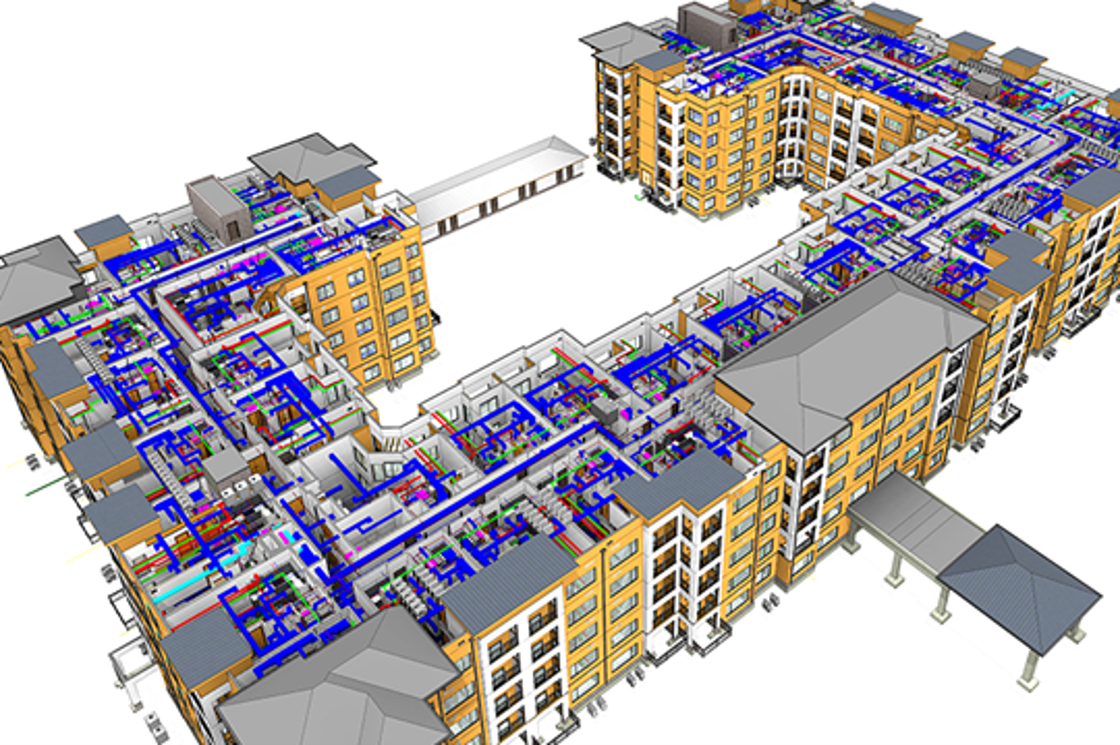
With the benefits of Revit modeling and BIM LOD’s associated with the models, it has become a vital element for any AEC project. BIM professionals need to have a clear understanding on the subjects and the different BIM maturity levels for accuracy in their designs, efficient handover, and ease of communication amongst teams.
FAQs: LOD
1.What is the use of LOD in a BIM project?
The purpose of LOD in BIM is to easily define standards for its users in order to carry out the execution. It simply makes communication convenient and efficient.
2. What are BIM LOD Standards and Specifications?
The Level of Detail or Level of Development is the reference used to specify the precision of a BIM model.
3. Is BIM Level 2 mandatory?
BIM Level 2 can be used to enhance the visibility of the entire process of design and construction.
4. Is there a BIM Level 4?
BIM Level 4 is all about the introduction of concepts of well-being and enhanced social outcomes in a project.






